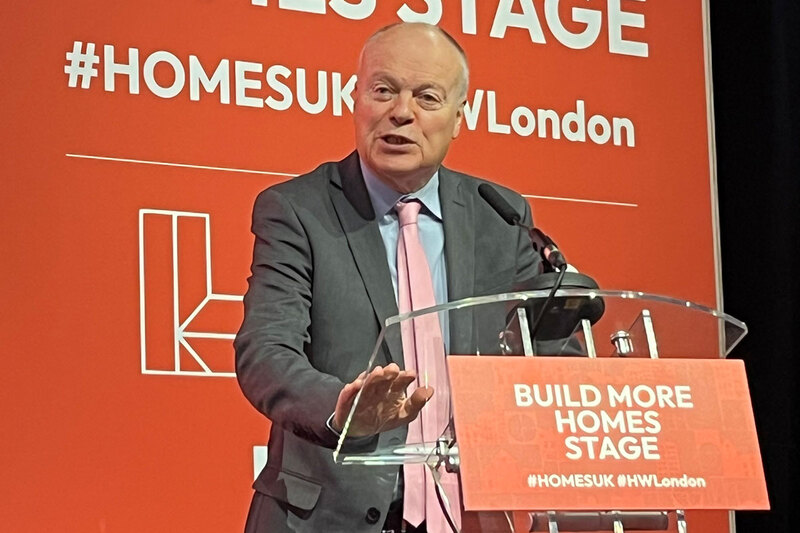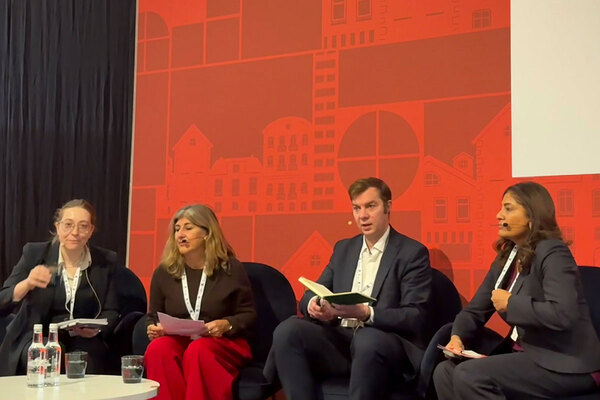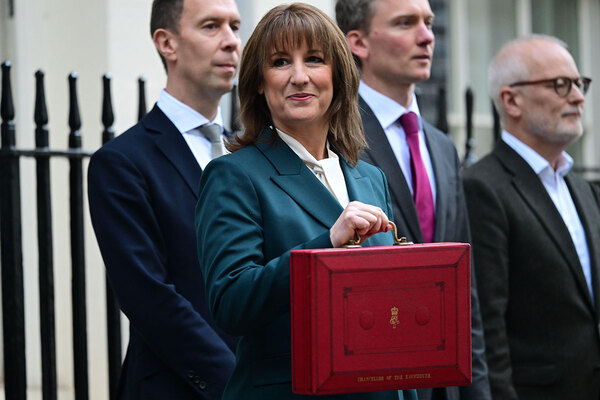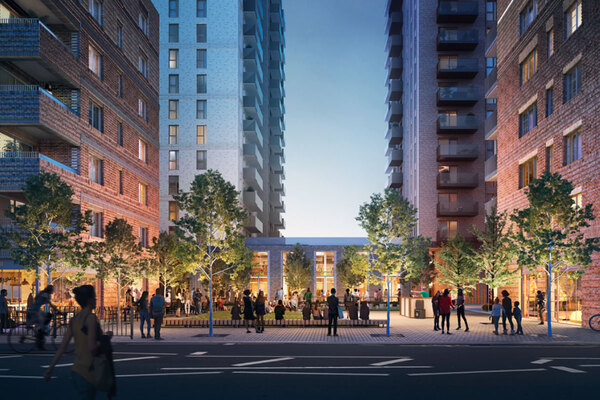You are viewing 1 of your 1 free articles
Chair of BTR alliance outlines his priorities for government’s housing strategy
The former chair of Housing, Communities and Local Government Committee, and chair of the Build to Rent (BTR) Alliance, has outlined his priorities for the government’s housing strategy.

Speaking at the HOMES UK conference during Housing Week in London, Clive Betts, the Labour MP for Sheffield South East, explained why the strategy was needed to help achieve the government’s housebuilding goals.
He pointed out that the private sector had never delivered “well in excess” of 200,000 homes, and he wasn’t “sure it will”.
The private sector, he added, is “driven by the demand from potential house buyers”, and house builders will only build a home if they can make a 20% return on their capital.
One of Mr Betts’ priorities is looking at how land value is captured. “It is in my view a great nonsense that when we make a planning decision to release land for housing, or an infrastructure decision to improve transport connections, that that increases the value of the land,” he said.
“And therefore, the owners of those lands get an increase in the sale price of that land when it’s built on for housing... that’s one big change the government can make to reduce costs going forward for both public housing providers and for private developers as well.”
The MP spoke of BTR schemes, adding that BTR providers “will build quickly” because “the quicker they build, the quicker they get the rents in.”
Modern methods of construction should also be considered, which Mr Betts said “give a certainty” because “once [builders] start on a site, they need to keep up the flow of housing to keep their factory busy”.
He added that there would be “a challenge for the government to see what they can do to assist that particular process”.
Mr Betts also highlighted the government’s proposed new system of delegated powers, which aims to speed up planning decision-making.
“[The government] make it very clear they expect local plans to be in place, setting the framework for where the homes that we need are going to be built, and where necessary they will step in and take over the local plan-making process if councils don’t do that in a timely way,” Mr Betts explained.
“But that is a massive challenge considering that the vast number of local authorities currently don’t have an up-to-date local plan.”
The MP added that he considers a local plan produced more than five years ago as not up-to-date, and that since the government has changed the methodology for calculating housing need, many local plans will have to be redone by councils.
Another priority for the strategy was for the chancellor to “find some extra money for social housing”.
On Section 106 homes, Mr Betts said it wasn’t “necessarily a solution that’s going to deliver all the extra homes”, highlighting viability assessments and the difficulties councils face, and housing associations not coming forward to buy up properties.
This is because Section 106 is reliant on private developers, who might not be “bringing enough homes”.
Sign up to our weekly Living newsletter
Sign up to Inside Housing Living’s newsletter, bringing you exclusive analysis and big deals from the wider residential market, including build-to-rent, student living, later living, for-profit registered providers and more.
Click here to register and receive the Living newsletter straight to your inbox.
And subscribe to Inside Housing Living by clicking here.
Already have an account? Click here to manage your newsletters.
Related stories





